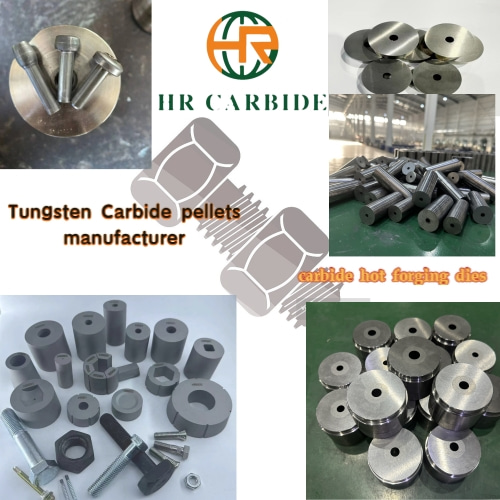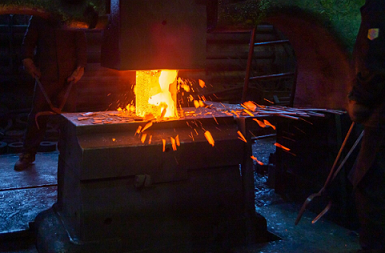1. The cemented carbide mold uses wire as the wire electrode, eliminating the need for forming tool electrodes, greatly reducing the design and manufacturing costs of the forming tool electrode, shortening the production preparation time and the cemented carbide mold processing cycle.
2. It can use very thin electrode wire to process micro-shaped holes, narrow slits and complex-shaped workpieces.
3. Carbide molds are processed by moving long metal wires. The loss of the wire per unit length is small and the impact on the processing accuracy is negligible. The processing accuracy is high. When the reused electrode wire is significantly consumed, it can be replace.
4. Processing according to the contour in the form of slitting, the amount of erosion is small, which not only improves production, but also increases the material utilization rate.
5. The degree of automation during cemented carbide processing is high, the operation is easy to use, and it is easy to realize microcomputer control.
6. Finishing or semi-finishing standards can be directly used for one-time forming, and there is generally no need to change the power standards midway.
7. Generally, cemented carbide molds use water-based working fluid to avoid fire hazards. What should we pay attention to when processing cemented carbide molds? Safety and reliability.
Post time: Jul-14-2024











